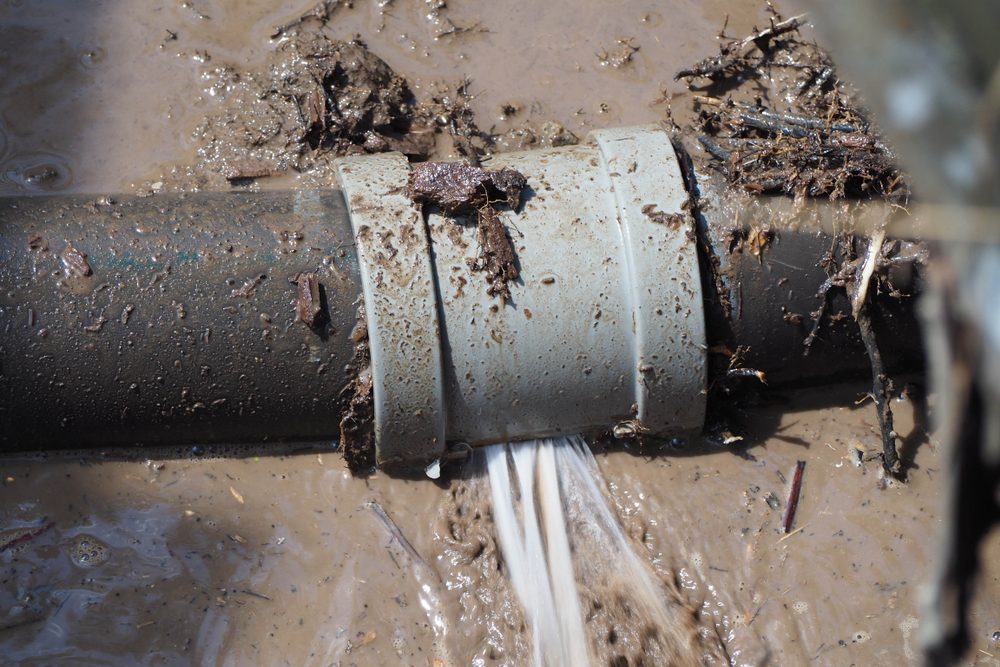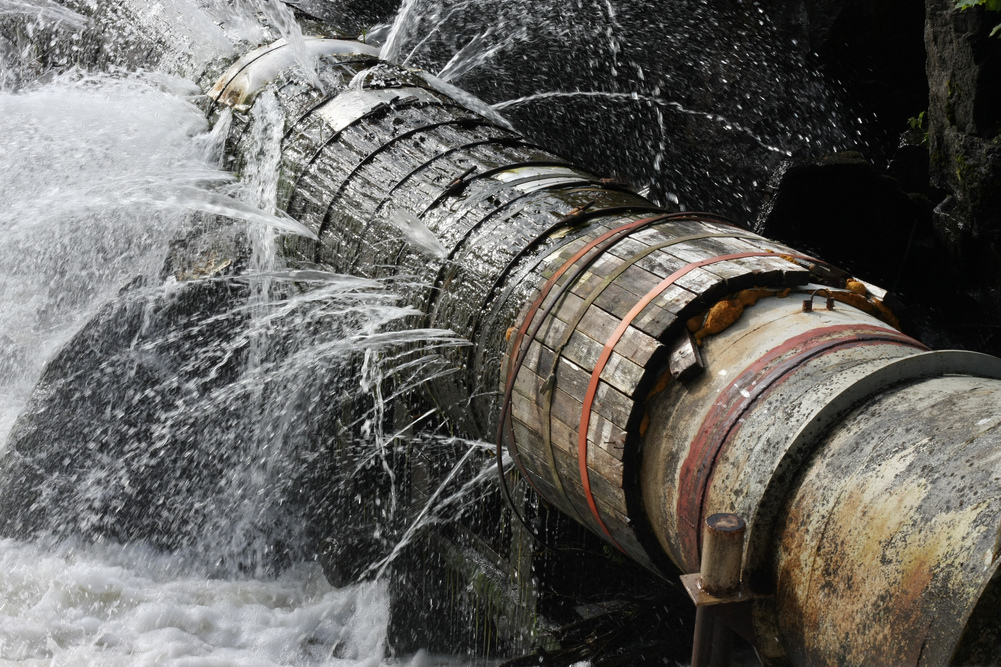Quick-Response Plumbing: Tips for Identifying and also Repairing Burst Pipes
Quick-Response Plumbing: Tips for Identifying and also Repairing Burst Pipes
Blog Article
What are your ideas with regards to How to Install and Connect a New Dishwasher?

A ruptured pipe is a significant emergency; you can just stand as you watch water you pay very much to rejoin with the earth. In even worse situations, you notice a swimming pool on your cooking area flooring, which is a great journey hazard, especially if you have children around. If the pipeline that burst was in your wall surfaces, problem: you may require to paint that whole section.
How can a disaster like a burst pipe be stopped and also managed? Well, by listening to your professional emergency plumbing technicians as well as complying with these policies.
Just how do I recognize when my pipelines have ruptured?
Rising and fall water pressures
Pipes do not just burst in a day. You may have discovered that your kitchen tap or shower does not run quickly when you transform the tap. It may stop for a few secs and afterwards blast you with even more pressure than common.
In other instances, the water may seem typical in the beginning, after that decrease in stress after a couple of secs.
Wet walls and water stains
Before a pipe bursts, it will leak, a lot of times. If this persistent dripping goes unnoticed, the leak may graduate right into a large tear in your pipeline. One very easy means to prevent this emergency is to keep an eye out for damp wall surfaces advertisement water discolorations. These water discolorations will certainly lead you right to the leakage.
Puddles under pipelines and also sinks
When a pipeline ruptureds, the discharge develops a pool. It may appear that the puddle is growing in size, as well as regardless of the number of times you wipe the puddle, in a few minutes, there's another one waiting to be cleaned. Frequently, you may not be able to trace the pool to any kind of noticeable pipelines. This is an indication to call an expert plumber.
Untraceable leaking noises
Pipe bursts can take place in one of the most undesirable locations, like within concrete, inside walls, or under sinks. When the house goes silent, you might have the ability to listen to an irritatingly persistent dripping sound. Also after you have actually inspected your shower head and kitchen faucet, the leaking may continue.
Beloved viewers, the leaking may be coming from a pipeline inside your wall surfaces. There isn't much you can do regarding that, except inform a specialist plumber.
Turn off the Water
When water freezes, it expands in quantity by regarding 9 percent. And it expands with significant pressure: The pressure inside pipelines might go from 40 pounds per square inch to 40,000 psi! No pipeline can hold that much stress, so it breaks open. The break may take place where the ice types, yet more often, it takes place where water stress discovers a vulnerable point in the pipe. That might be inches or even feet from the icy location. Locate the water shutoff valve as well as shut off the water to prevent even more damages. You might additionally need to shut off the power also, depending on where the leakages occurs and just how big it is.
Contaminated water
Lots of people assume a ruptured pipe is a one-way electrical outlet. Fairly the contrary. As water spurts of the hole or gouge in your plumbing system, contaminants locate their method.
Your water may be polluted from the resource, so if you can, check if your water container has any type of troubles. Nevertheless, if your drinking water is provided as well as purified by the local government, you should call your plumber quickly if you see or smell anything amusing in your water.
What do I do when I find a ruptured pipe?
Your water meter will certainly continue to run also while your water wastes. To minimize your losses, locate the main controls as well as transform the supply off. The water pipe are an above-ground framework beside your residential or commercial property.
How to Fix & Detect a Leaking Pipe
How Do I Know if a Pipe is Leaking?
Leak detection tests can help you determine if your pipe has a leak. Even if you don’t see an apparent leak, you should still conduct leak detection tests regularly to save water and money—and prevent major damage to your home.
Water meter. It can be helpful to figure out what your usual water meter usage numbers are and then monitor them regularly. To monitor your meter, first, turn off all water faucets in your home. Check the meter and write down the numbers. In a few hours, check the meter again. If the numbers have changed, you have a leak. Water gauge. Use a water gauge to test your water pressure. Your showerhead should produce a certain amount of water pressure based on its model and design. If the pressure is lower than it is supposed to be for that specific showerhead, your home likely has a leak. Puddles. Look inside your bathroom, laundry, and kitchen sink cabinets. Puddles around the cabinets or around toilets, tubs, showers, and washing machines indicate the presence of a leaking pipe. You may also notice loose tiles, peeling or flaking paint, or mold caused by water accumulation. Napkin test. Even if you don’t see any puddles, you may still have a leak. You can test for water leaks in the bathroom, laundry, and kitchen by wiping below-sink connections with a napkin, paper towel, or piece of toilet paper. If it becomes damp, you probably have a leaking pipe under the sink. Discolored walls. Walls that are discolored—usually with brown or yellow stains—or bulging might mean that they have been impacted by water damage caused by a leaking pipe. Smell. A leaky pipe will create sitting water, and over time, that water may develop a musty smell. If your home smells musty, but you can’t locate the source, it may be due to a leak. Steps for Fixing a Leaking Pipe
A leaky drain can be remedied by tightening the pipe base, replacing the drain seal, caulking the rim, and tightening the pipe nut. Similarly, a leaking toilet pipe can be treated by tightening the packing nut. You may also need to replace the valve. A leaky faucet may just need tightening or replacement of the washers. If that doesn’t work, consider replacing your faucet. If your pipe has a hole in it, you may want to use a pipe leak sealer or pipe leak tape. This quick fix for water pipe leaks can also temporarily fix a copper pipe leak. https://www.ahs.com/home-matters/quick-tips/how-to-tell-if-pipes-are-leaking/

I recently found that post about How to Prepare for Your Dishwasher Installation when doing a lookup on the web. Sharing is caring. You never know, you might be doing someone a favor. Many thanks for your time. Visit again soon.
Need Help? Hire Us Now!
Report this page